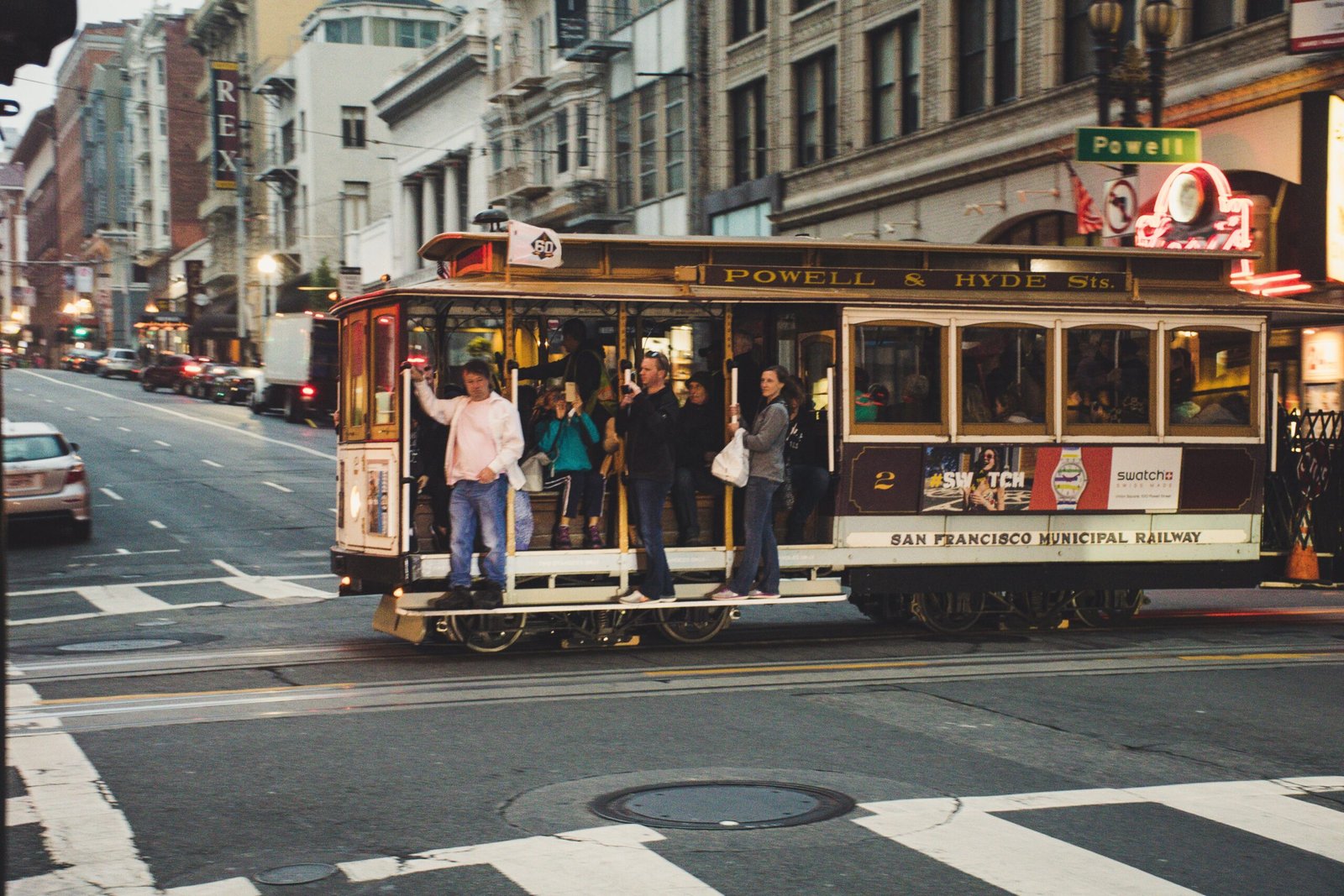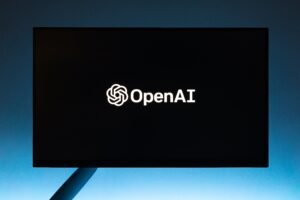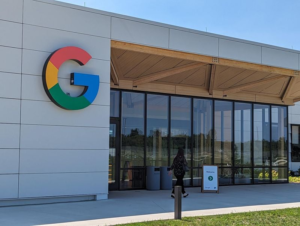Beyond preventing bus bunching, AI has the potential to revolutionize public transportation in numerous ways, from optimizing routes and schedules to enhancing passenger experience and safety. Here are some exciting possibilities:
1. Advanced Route Planning and Scheduling:
- AI can analyze vast amounts of data on traffic patterns, passenger demand, and real-time conditions to create dynamic and efficient routes, potentially reducing travel times and wait times.
- Predictive maintenance algorithms can analyze sensor data from vehicles to identify potential malfunctions before they happen, minimizing disruptions and improving service reliability.
2. Personalized Passenger Experiences:
- AI-powered chatbots and virtual assistants can offer personalized travel information, answer questions, and assist with ticket purchases, creating a seamless and convenient experience.
- Real-time occupancy data can be used to recommend less crowded carriages or alternative routes, reducing travel stress and ensuring passenger comfort.
3. Enhanced Safety and Security:
- AI-powered video analytics can monitor platforms and vehicles for suspicious activity, improving passenger safety and security.
- Facial recognition technology can be used for ticketing and access control, potentially streamlining boarding processes and deterring fare evasion.
4. Autonomous Vehicles and Microtransit:
- Self-driving buses and shuttles powered by AI, initially in controlled environments, can offer flexible and on-demand public transportation options, especially in underserved areas.
- AI-powered ride-sharing and carpooling platforms can leverage dynamic pricing and route optimization to improve efficiency and accessibility.
5. Integrating with Other Modes of Transportation:
- AI can facilitate seamless integration between different modes of transport, such as buses, trains, and bicycles, enabling multimodal journeys with real-time information and ticketing.
- Smart city initiatives can integrate public transportation data with traffic management systems and infrastructure, creating a more interconnected and efficient urban environment.
It’s important to note that these applications raise ethical concerns and require careful consideration of data privacy, potential biases, and social equity. Public involvement and transparent implementation are crucial for building trust and ensuring the benefits of AI in public transportation reach everyone.
Remember, this is just a glimpse into the potential of AI in this sector. As technology evolves and we address ethical considerations, we can expect even more transformative applications that create a smarter, more efficient, and more equitable public transportation system for all.









